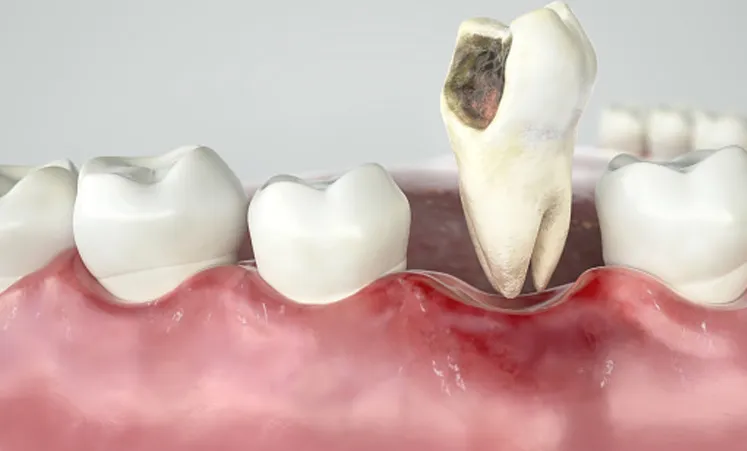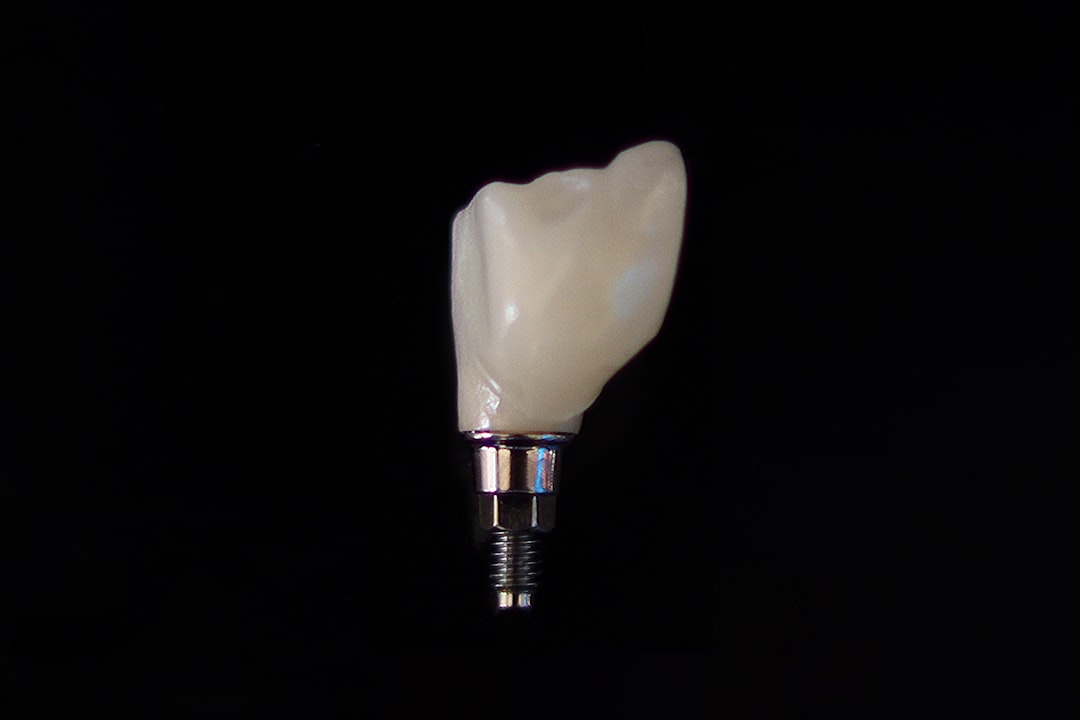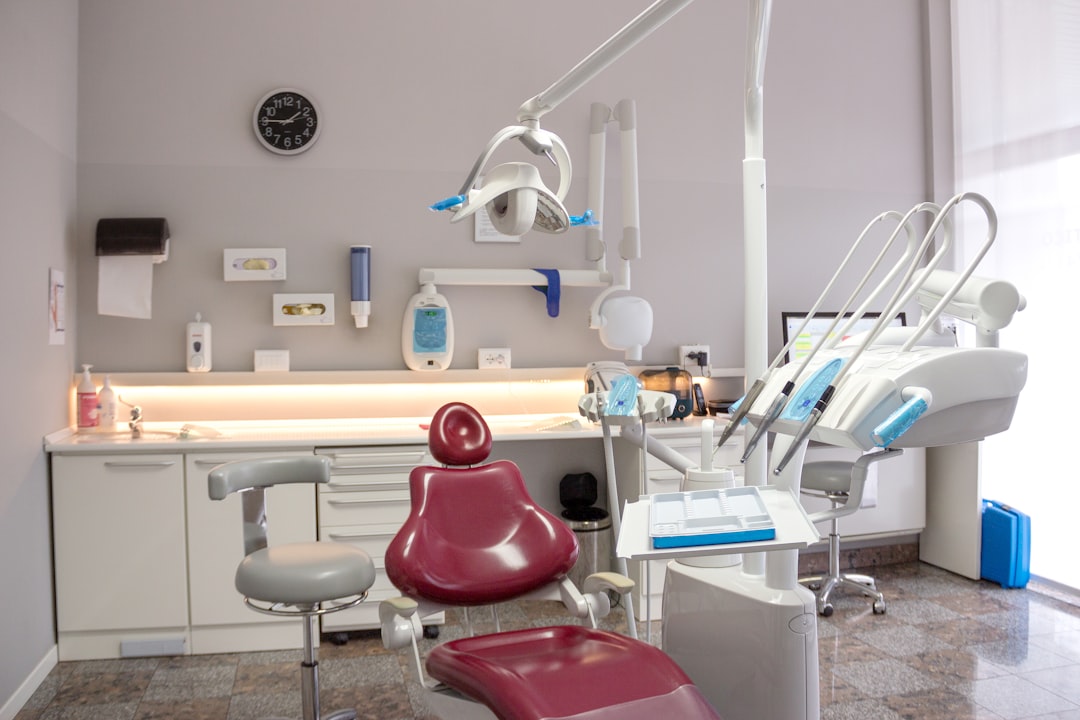Tooth Extractions
Safe, comfortable tooth removal when restoration isn't possible.
Understanding Tooth Extractions
While our primary goal is always to preserve your natural teeth, there are situations when tooth extraction becomes necessary for your overall oral health. At Navarro Dental Care, we perform extractions with precision and care, ensuring your comfort throughout the procedure.
Our experienced team uses advanced techniques and technology to make the extraction process as gentle and efficient as possible. We'll also provide comprehensive aftercare instructions and discuss tooth replacement options if needed.
When Extraction May Be Necessary
There are several situations where tooth extraction might be recommended:
- Severe tooth decay that has damaged too much of the tooth structure
- Advanced gum disease that has caused loosening of teeth
- Impacted wisdom teeth causing pain or potential problems
- Overcrowded teeth in preparation for orthodontic treatment
- Fractured teeth that cannot be restored
- Primary (baby) teeth that haven't fallen out on their own
Benefits of Professional Tooth Extraction
- Relieves pain from severely damaged teeth
- Prevents infection from spreading
- Creates space for orthodontic treatment
- Removes impacted wisdom teeth

Types of Tooth Extractions
We perform different types of extractions based on your specific needs and the condition of the tooth.
Simple Extractions
Simple extractions are performed on teeth that are visible in the mouth and can be removed with forceps. These extractions are typically straightforward and require only local anesthesia.
- Performed on visible teeth
- Requires only local anesthesia
- Shorter recovery time
Surgical Extractions
Surgical extractions are more complex procedures performed on teeth that have broken at the gum line, haven't fully erupted, or are impacted. These extractions may require an incision in the gum tissue.
- For impacted or broken teeth
- May require sedation options
- More complex healing process
The Extraction Process
Understanding what to expect during a tooth extraction can help ease any concerns you might have about the procedure.
Examination and Planning
We'll take X-rays to evaluate the position of the tooth and determine the best approach for extraction. We'll also review your medical and dental history to ensure the procedure is safe for you.
Anesthesia
Before the extraction, we'll administer local anesthesia to numb the area. For more complex extractions or anxious patients, we offer sedation options to ensure your comfort.
Tooth Removal
For simple extractions, we'll use an elevator to loosen the tooth and forceps to remove it. For surgical extractions, we may need to make a small incision in the gum and possibly remove some bone around the tooth.
Closing the Site
After the tooth is removed, we may place stitches to close the gum tissue if necessary. We'll place gauze over the extraction site to help control bleeding and aid in clot formation.
Recovery Instructions
We'll provide detailed aftercare instructions to ensure proper healing. This includes information on managing pain, reducing swelling, and preventing complications like dry socket.
Follow-Up Care
We'll schedule a follow-up appointment to check your healing progress and discuss tooth replacement options if necessary. Most patients fully recover within 1-2 weeks.
Aftercare Tips for Tooth Extraction
Proper aftercare is essential for a smooth recovery and to prevent complications.
Apply Ice
Apply an ice pack to the outside of your cheek for 10 minutes at a time to reduce swelling, especially during the first 24 hours after extraction.
Eat Soft Foods
Stick to soft foods like yogurt, applesauce, and soup for the first few days. Gradually reintroduce solid foods as your comfort level allows.
Avoid Smoking
Do not smoke for at least 48 hours after extraction, as it can delay healing and increase the risk of complications like dry socket.
Protect the Blood Clot
Avoid spitting, using straws, or rinsing vigorously for 24 hours to prevent dislodging the blood clot that forms in the socket, which is essential for proper healing.
Gentle Rinsing
After 24 hours, gently rinse with warm salt water (1/2 teaspoon of salt in 8 ounces of water) several times a day to keep the area clean and promote healing.
Rest and Elevate
Rest for at least 24 hours after the extraction and keep your head elevated with pillows when lying down to reduce bleeding and swelling.
Tooth Replacement Options
After extraction, we offer several options to replace your missing tooth and restore your smile.
Dental Implants
The gold standard for tooth replacement, dental implants provide a permanent solution that looks, feels, and functions like natural teeth. They also help preserve jawbone health.
Learn MoreDental Bridges
Bridges use adjacent teeth as anchors to support a replacement tooth. They're a fixed solution that can restore your smile and chewing function relatively quickly.
Learn MorePartial Dentures
Removable partial dentures can replace one or more missing teeth. They're a more affordable option and can be a good temporary solution while considering permanent options.
Learn MoreFrequently Asked Questions
Get answers to common questions about tooth extractions.
Extractions are recommended when a tooth is severely damaged from trauma or decay and cannot be saved with restorative procedures. Other reasons include removing impacted wisdom teeth, creating space for orthodontic treatment, eliminating infected teeth, or addressing advanced periodontal disease.
During the procedure, you'll receive local anesthesia to numb the area, ensuring you don't feel pain. For patients with dental anxiety, we offer sedation options to help you relax. After the procedure, some discomfort is normal but can be managed with prescribed or over-the-counter pain medications.
Most patients can resume normal activities within 24-48 hours after a simple extraction. For surgical extractions, such as impacted wisdom teeth, recovery may take 3-7 days. Complete healing of the socket typically takes 1-2 weeks, though bone healing continues for several months.
After healing, you have several replacement options including dental implants (the gold standard for tooth replacement), dental bridges, or partial dentures. During your consultation, we'll discuss which option is best suited to your specific needs, oral health, and budget.
Need a Tooth Extraction?
Contact us today to schedule a consultation. Our experienced team will evaluate your situation and provide gentle, effective care to address your dental needs.


